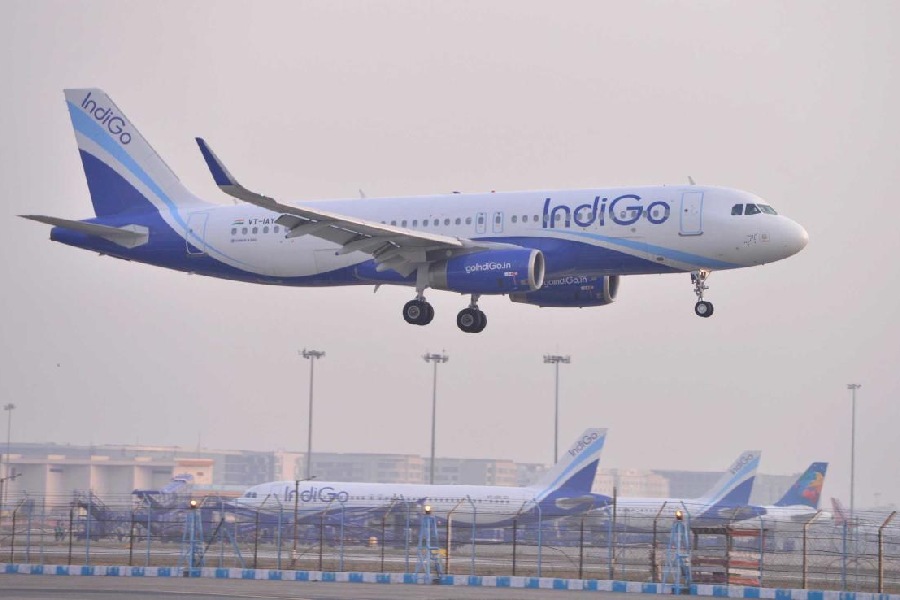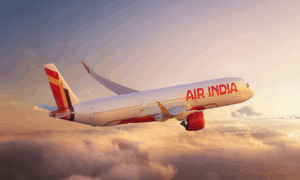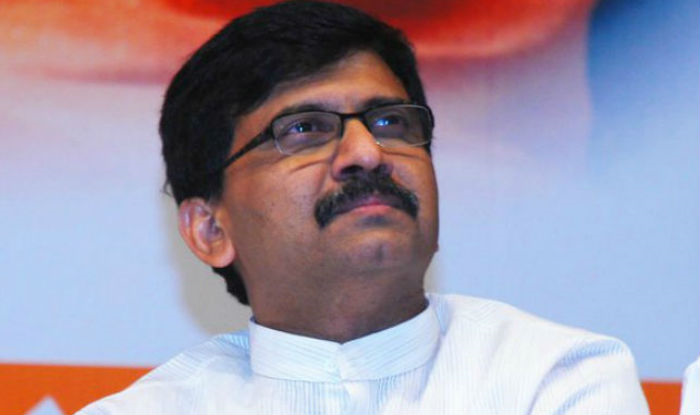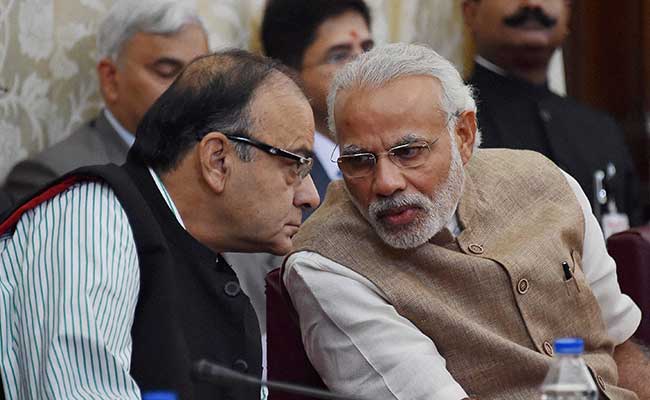
Image : Representational Purpose Only
Aviation watchdog Directorate General of Civil Aviation (DGCA) has detected multiple violations related to airlines, airports, aircraft maintenance works, and repeated defects in multiple cases during its surveillance at major airports, an exercise carried out in less than two weeks after the Air India plane crash.
Without disclosing names of the airlines, airports and other entities in relation to the defects, the regulator on Tuesday said surveillance covered multiple critical areas such as flight operations, airworthiness, ramp safety, Air Traffic Control (ATC), Communication, Navigation and Surveillance (CNS) systems, and pre-flight medical evaluations.
The surveillance was done last week and DGCA is stepping up efforts to strength the overall safety oversight of the aviation ecosystem.
From a faded centre line marking of a runway at an airport to non-updation of obstruction limitation data for three years to a scheduled carrier’s domestic flight being held up due to worn tyres, the watchdog came across multiple defects in the aviation ecosystem.
Noting that the comprehensive surveillance will continue in future to detect hazards in the aviation ecosystem, the DGCA said the findings have been communicated to the entities concerned for taking corrective actions within seven days.
Two teams led by the Joint Director General carried out the surveillance during night and early morning hours at major airports, including Delhi and Mumbai airports.
In a detailed statement about the surveillance findings, DGCA listed multiple cases wherein the reported defects reappeared many times on the aircraft indicating ineffective monitoring and inadequate rectification.
“Ground handling equipment such as baggage trollies… were found unserviceable; Line maintenance stores, tool control procedures were not followed,” it said.
During maintenance of aircraft, the work order was not followed, DGCA said and added that the unserviceable thrust reverser system and flap slat lever were not locked.
“During maintenance, safety precautions found not (to have been) taken by AME (Aircraft Maintenance Engineer) as per AMM (Aircraft Maintenance Manual); at places, AME was not attending to the snag rectification; defect reports generated by the aircraft system, were not found recorded in the technical logbook,” the statement said.


















